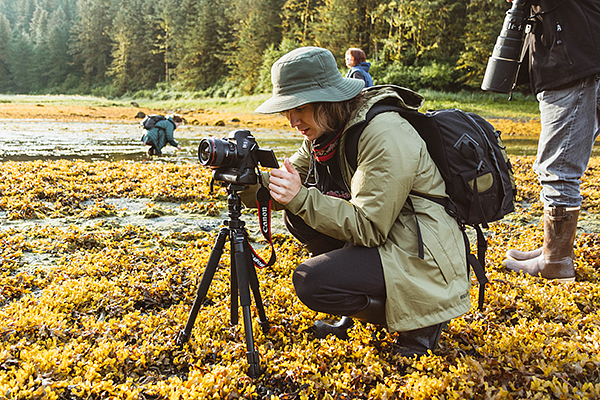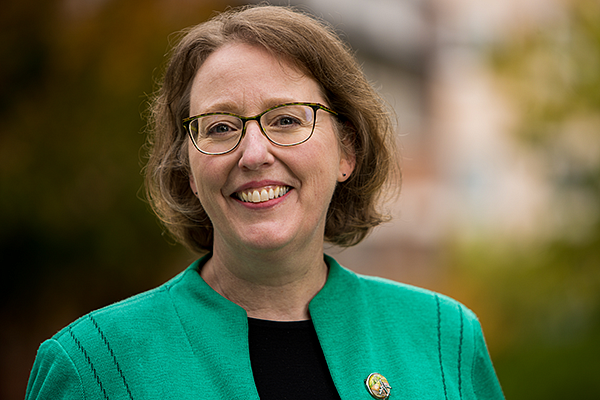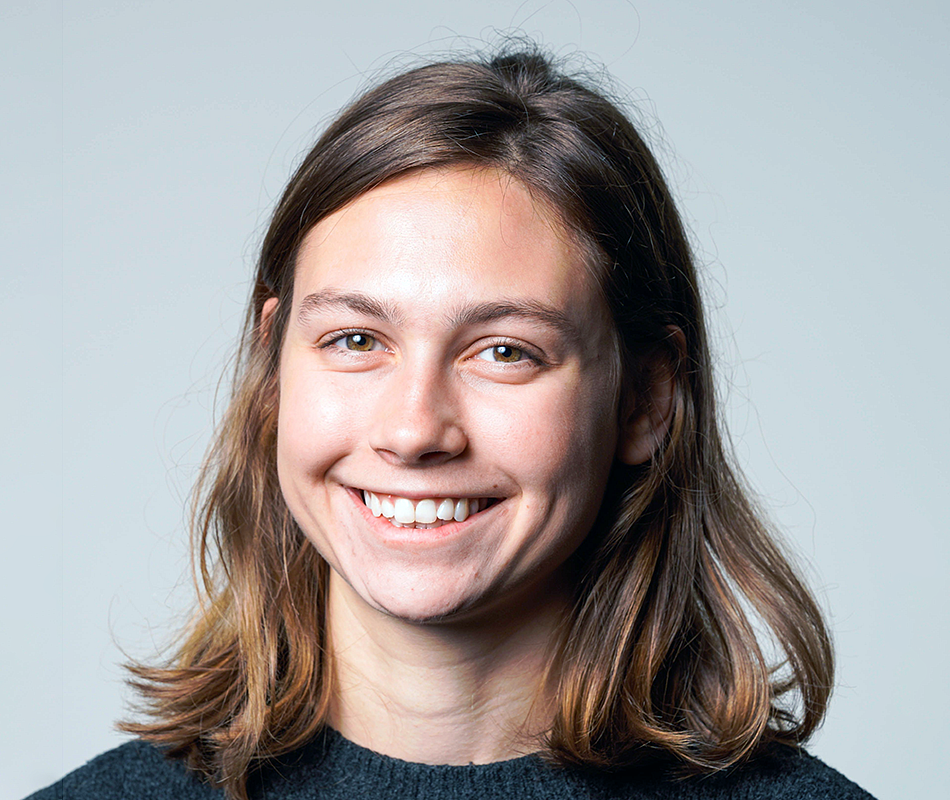SCIENCE COMMUNICATION
Eliza Lawrence
Sophomore, journalism and biochemistry, Clark Honors College
Undergraduate researcher for the Center for Science Communication Research
Hometown: Portland, Oregon
Eliza Lawrence has a few thoughts on how the Centers for Disease Control and Prevention can improve the way it talks about COVID-19 vaccines.
The sophomore and soon-to-be-published researcher spent the summer collaborating with Ellen Peters, director of the SOJC’s Center for Science Communication Research (SCR), to discover how information about the vaccine’s side effects may influence whether people choose to get vaccinated. Funded by a First Year Research Experience (FYRE) grant, which supports undergraduate researchers, Lawrence is investigating how communication can improve the public’s numeric literacy. She found that including numeric data—such as the percentage of patients who experience a specific side effect—encourages more people to trust the vaccine.
“What really draws me to science communication is that it can make a huge difference to people’s lives,” she said. “We have to figure out ways to communicate these scientific discoveries that are really impactful to people who don’t understand complex science things.”
From undergraduate research to experiential learning projects like the Science & Memory program, SOJC students with an interest in science are forging their own career paths at the intersection of science and communication.




In an era of COVID, climate change, and a public that is increasingly distrustful of scientific knowledge, science communication has never been more important. That’s why the SOJC, through the Center for Science Communication Research, launched a new, first-of-its-kind undergraduate science communication minor. The minor explores the issues, skills, and scholarship growing around the science of science communication, and courses like The Science Story take students into the field to practice what they are learning in the classroom.
Meet the Science Communication Faculty

Ellen Peters ’98

Mark Blaine ’00

Hollie Smith

Morgan Krakow ’19
Reporter
Anchorage Daily News









